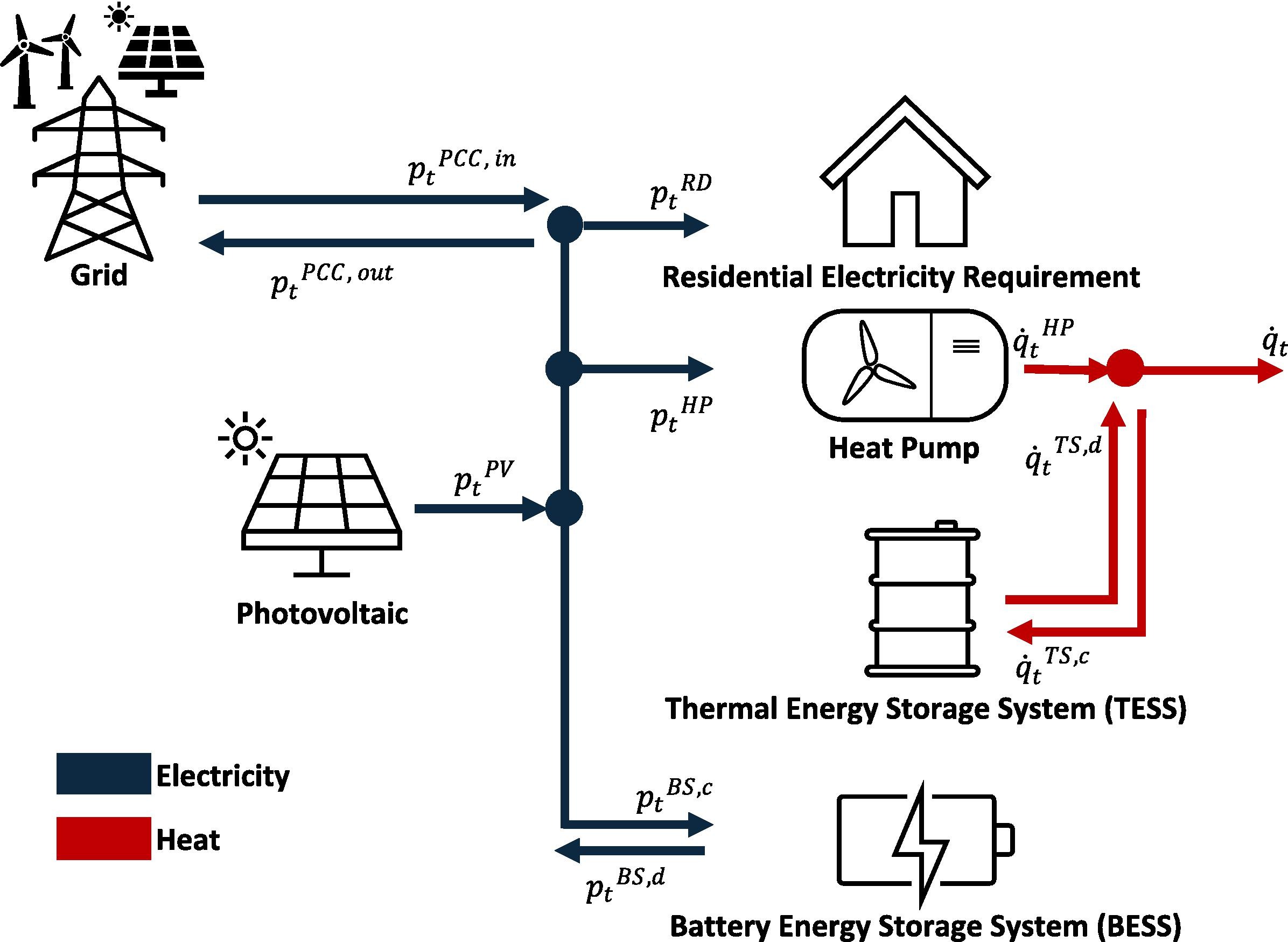Grid balancing costs up 10% in Great Britain, may hit GBP 8 billion in 2030
Transmission infrastructure buildout essential to curb rising cost of balancing Great Britain’s electricity grid, according to electricity system operator. New report finds thermal constraints were main driver of increased balancing costs, with planned outages in Scotland coinciding with high wind outturn.

Transmission infrastructure buildout essential to curb rising cost of balancing Great Britain’s electricity grid, according to electricity system operator. New report finds thermal constraints were main driver of increased balancing costs, with planned outages in Scotland coinciding with high wind outturn.
It cost GBP 2.7 billion ($3.7 billion) to balance Great Britain’s electricity grid in the 2024-25 financial year, up 10% on 2023-24 according to the National Energy System Operator (NESO).
New analysis from NESO found increased thermal constraints were the main driver of higher costs, accounting for GBP 1.7 billion of the total. Thermal constraint volumes were up 81% year on year, to 13.5 TWh, resulting in a 64% cost increase. The absolute volume of balancing actions for the year increased 17%, from 27.8 TWh during April 2023 to March 2024, to 32.6 TWh for the same period in 2024-25.
Higher thermal-constraint costs were the result of increased grid congestion, according to NESO, which was partly linked to planned outages in Scotland to allow upgrade work coinciding with high volumes of wind generation. Northern Scotland is the most constrained region on Great Britain’s grid due to misalignment between installed wind capacity and relatively low local electricity demand.
On currents trends, the cost of balancing Great Britain’s energy grid is projected to peak at around GBP 8 billion per year in 2030, unless grid infrastructure upgrades are accelerated. NESO has claimed savings of up to GBP 4 billion can be delivered if network projects are brought forward and delays to electricity network expansion works are avoided.
The latest NESO report on grid balancing comes as the UK government mulls a major change to the structure of Great Britain’s wholesale electricity market. Electricity in Great Britain is sold through a national wholesale market covering England, Scotland and Wales, while Northern Ireland’s electricity market is integrated with Ireland.
The government is expected to decide soon on whether to adopt a new zonal pricing approach that proponents argue would result in reduced balancing costs. Critics argue adopting zonal pricing would increase the cost of capital for developing new solar and wind projects, which will be needed to hit the UK government’s 2030 clean energy targets.
NESO has identified network buildout as the “most impactful” way of reducing balancing costs in the long run, but warned this would require further planned outages, resulting in more thermal constraints in the short term. The transmission system operator also noted market reforms such as zonal pricing could “significantly impact balancing costs.” The grid operator highlighted increasing flexibility from batteries, demand response and interconnectors as having potential to further reduce the costs.
Where new solar and wind plants are built will also be important in determining future balancing costs, according to NESO, and the electricity system operator is expected to publish its Strategic Spatial Energy Plan (SSEP) in 2026. The plan will provide a blueprint for developing large-scale generation and energy storage. Projects that align with the SSEP are expected to have an easier time securing planning consent and grid connections.
Despite rising costs, NESO highlighted how recent actions have mitigated balancing costs including the growing role of battery energy storage systems (BESS) in balancing the grid.
Britain’s BESS fleet imported 506 GWh and exported 537 GWh of electricity through the Balancing Mechanism market over the 2024-25 financial year, according to NESO data. NESO also outlined GBP 324 million of savings made through its Network Services projects, as well as GBP 724 million savings through trading actions and GBP 122 million of savings achieved through reductions in system inertia requirements.
What's Your Reaction?


























































